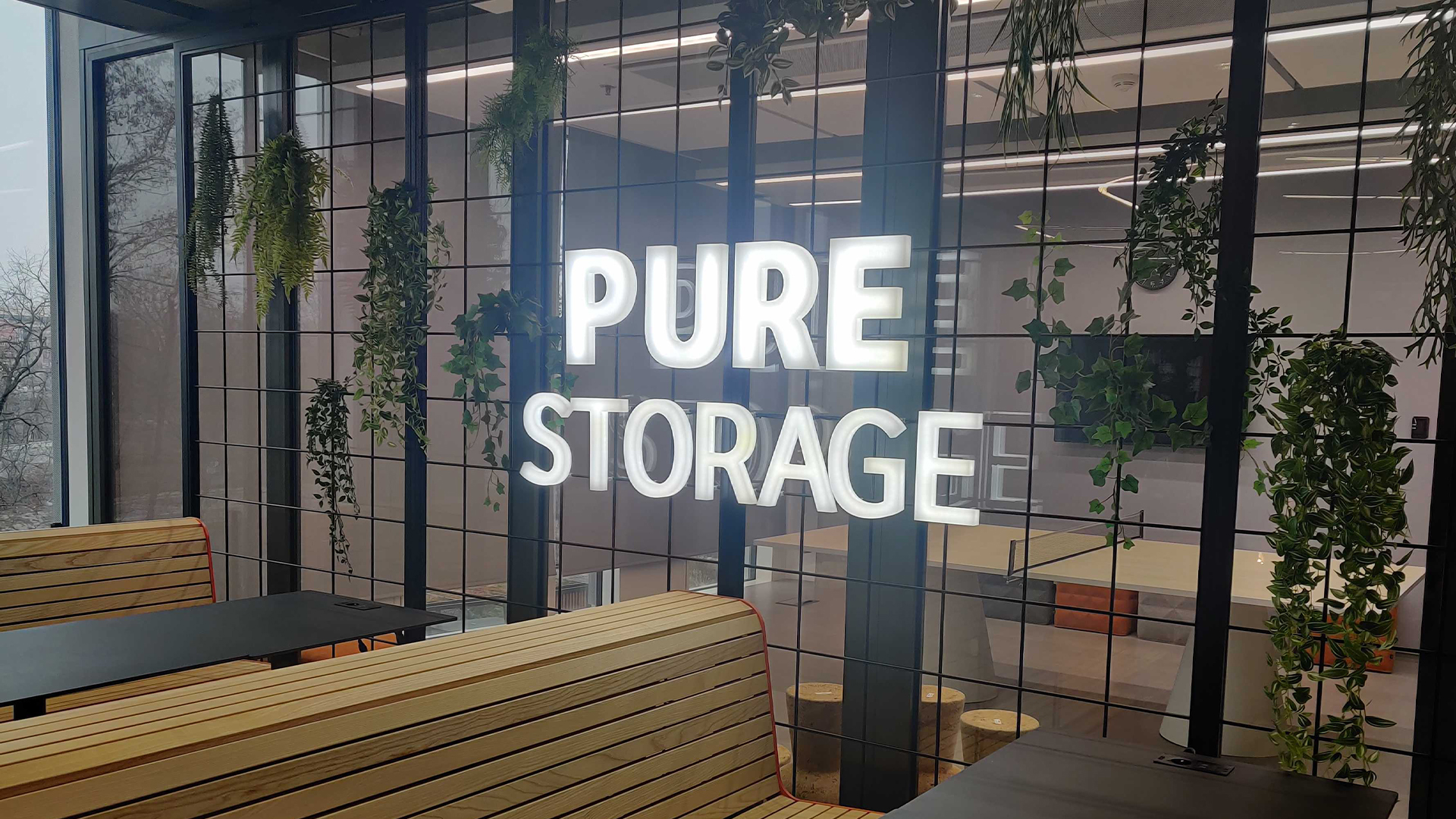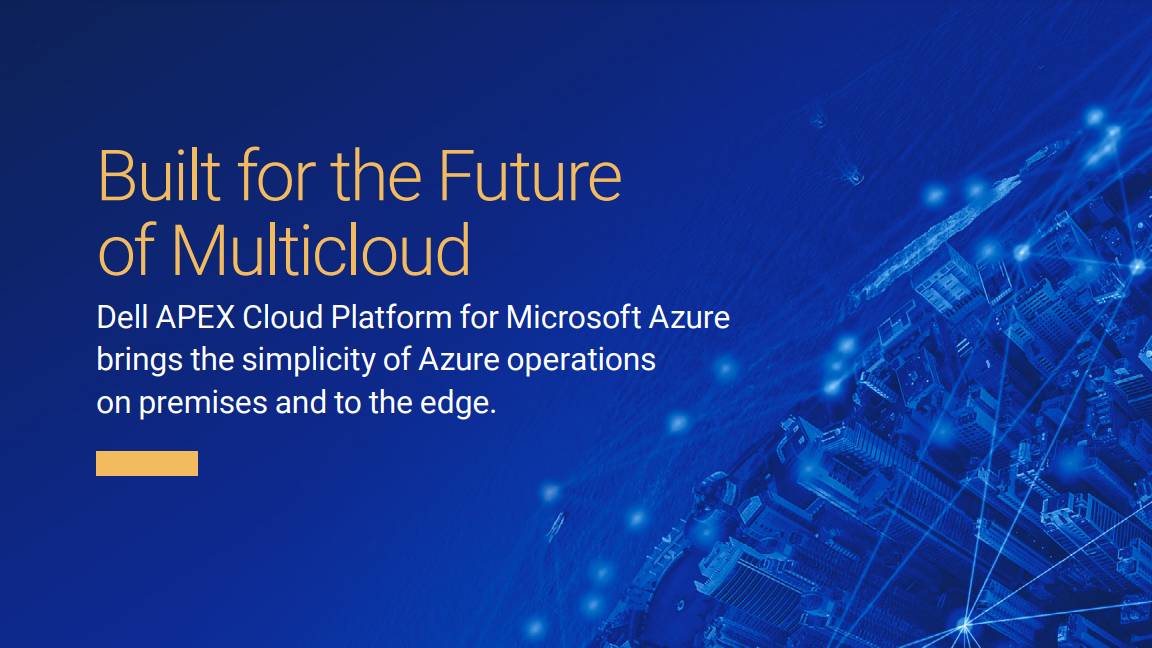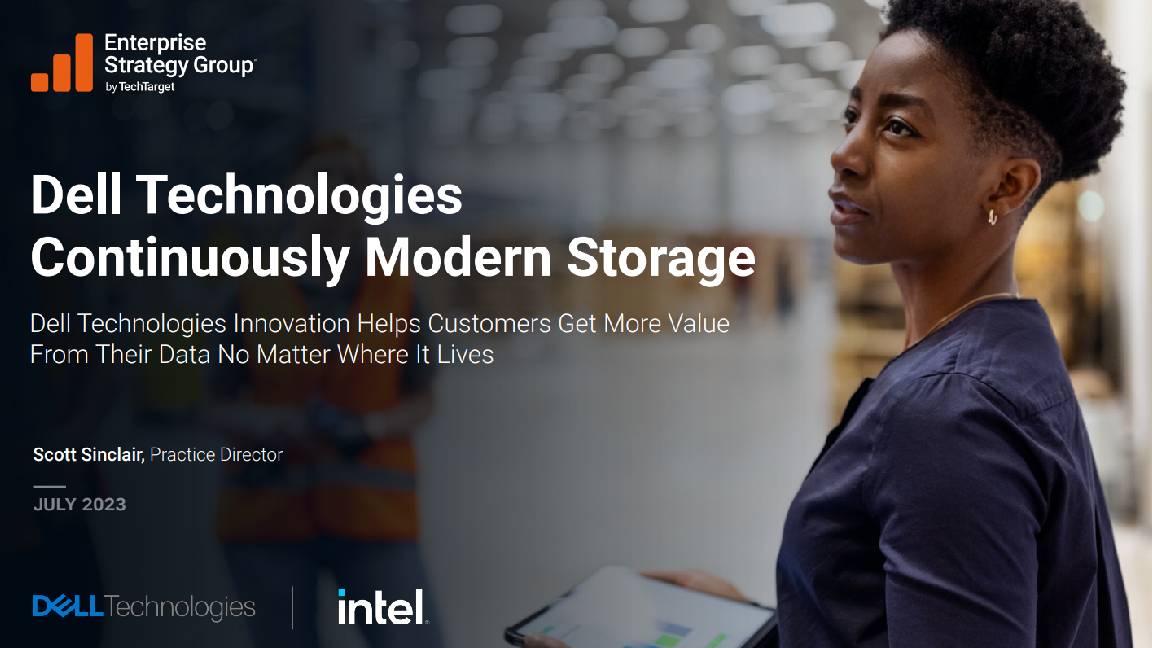Hybrid cloud: the best of both worlds
Hybrid cloud is not the only choice for firms who need to keep some data on-premise, but it is the best choice

Aside from people, information remains the most prized asset of organisations large and small across the globe. As such, ensuring that data is accessible when needed but only by those who are authorised to view it is paramount. In essence, businesses must ensure they are in control of that data, because it could become even more powerful should it fall into the wrong hands.
In days gone by, cloud computing was associated with a lack of control and a lack of security. It was a brave business that was willing to place its most precious commodity in the hands of a third party. It's akin to leaving your new-born under the guardianship of a babysitter you've never seen let alone sought references for.
But times have changed. Cloud is no longer seen as the enemy. Far from it. Indeed, today, cloud is an essential part of the modern enterprise's success toolbox. Today, the majority (90%) of firms have embraced the cloud in some form, according to research by the 451 Group.
Cloud rights
By 2020, analyst firm Gartner believes a no-cloud policy will be as unusual as a no-internet policy. It's difficult to imagine any business that could operate, let alone be successful, without the internet. It would be an unthinkable omission in even the most basic of business strategies. The same is now true of the cloud.
Much like the vast array of internet consumption and delivery options available, the cloud presents many choices. Perhaps one of the first considerations and choices to be made is whether public or private cloud is best suited to your organisational needs.
Public is just that think of how you're paying for only the electricity or gas that you use and no more or no less - and can be a scary label for many businesses for a myriad of reasons. It's a trade off between management and control and is generally considered OK for non-mission-critical or everyday stuff.
On the other hand, the Private' moniker sounds expensive and resource intensive. But, both clearly have their merits and use cases as both in different ways essentially connect datacentres and network to intelligently automate and orchestrate the movement of data.
"IT now enables business transformation, helping organisations compete, grow and innovate. I know how disruptive trends and technologies can present challenges, but they can also be huge opportunities to transform how IT supports and impacts the business," says Bill Giard, CTO, IT transformation at Intel's enterprise and government group.
"Enterprises are realising they can benefit from public and private cloud. We talk to customers a lot about workload placement because it's so critical for getting the best ROI. Defining a strategy that puts the right workload in the right place is essential."
He adds that there are four areas of concern that tend to crop up when it comes to cloud:
- Size of data
- Level of integration
- Security
- Performance
"Based on these considerations, some workloads work better on-premise, while others are best suited to public cloud," Giard adds.
Which way to go?
But, what if you don't want to or can't go all in with one or the other? That's where hybrid cloud comes into play. It's an increasingly popular choice for businesses that want all the of the benefits that cloud offers, but also need to keep some data on premise for various reasons whether that's compliance, customer demand or just an irrational fear of letting go.
What's more, opting for hybrid gives organisations the best of both worlds. They get to enjoy all of the plus points along with peace of mind that the information that flows through their business is accurate, secure and accessible by the right people when needed.
Many firms choose to keep the data they hold dearest in an on-premise datacentre, while essentially outsourcing the safekeeping of other information and workloads to a public cloud provider. That's not to say the latter option is lacking in security public cloud providers have resources, whether compute, security or otherwise, that the average business can but dream of.
It's really no different to how many companies now operate. You can have a dedicated building or space you own or rent for certain functions, or even physical storage, which is totally under your watchful control you even get to choose the wallpaper. You are the only tenant. This can be complemented by shared workspaces that are much more cost effective while also providing the agility and flexibility you need as your workforce grows or the tasks being completed change. But, in the latter scenario, it's a house in multiple occupation (HMO).
Just as hybrid workspace models are proving popular with those who want the oft-paradoxical characteristics of flexibility and security, hybrid cloud is definitely gaining momentum. By 2019, 451 research suggests 69% of enterprises will have adopted multi cloud/hybrid IT strategies.
What's in it for me?
MarketsandMarkets research concurs with the upward trajectory of hybrid cloud, suggesting the market will grow to $91.74bn by 2021.
We've already outlined many benefits of embracing hybrid cloud rather than going all in on public or private, but what else needs to be considered?
In a recent article, IT Pro suggested that there is much to gain from an understanding of the benefits hybrid has to offer.
"With true hybrid cloud, organisations are freed from the shackles of the mundane and complex so they can focus on their core business objectives and move from the daily grind to innovating for future success," the article states.
Furthermore, by essentially expanding the reach of their datacentre under the guise of hybrid, companies can likely enjoy:
- Building new enterprise next-gen apps rather than being limited to traditional elements
- A more efficient test and development environment, freeing up time and resources and ensuring a reactive and proactive stance going forward.
- A solid DR plan for third-party backups as well as test environments and seasonal variation.
"Over 80% of the respondents to this study currently use multiple cloud environments, with varying amounts of integration, migration and interaction between them," said Liam Eagle, 451's research manager for cloud, hosting and managed services, in reference to a 2018 study on the subject.
"Perhaps most significant is that approximately a quarter of companies already use some form of hybrid cloud using the definition of seamless delivery of a single business function across multiple environments.
When software and hardware meet in the cloudDespite the plethora of benefits and plus points, it's important that organisations don't necessarily see hybrid as a panacea. Yes, it can be the solution for many firms, but in isolation, without proper thought or attention paid to certain other areas, it could actually prove more of a hindrance than help.
Indeed, 451's research suggested hybrid strategies often fail to move from theory to fact due to overlooking the need to retool' certain elements such as security - for a hybrid environment.
Just focusing on control or security may leave other issues hiding and growing in plain sight, though. While organisations can be confident that internal SLAs and other T&Cs are watertight as far as availability and security are concerned, they still need to make sure their public cloud provider is on the same page. After all, the cloud is just datacentres connected to a network and virtualised rather than on-premise, but that doesn't mean standards can or should slip.
This highlights the importance of not overlooking physical requirements in an increasingly virtualised world. Ensuring you have the right datacentre infrastructure and being confident your public cloud provider has done the same is paramount to ensuring optimum system performance and security.
If we reconsider the point that data is the lifeblood of any organisation, it stands to reason that modern apps are likely to be more data-intensive than ever before. As such, enterprises will need an added level of confidence that their private cloud infrastructure passes muster.
Similarly, smaller businesses crave the sort of agility historically the preserve of enterprise-level IT budgets. But, now, it is possible for them too to enjoy both secure and cost-efficient performance.
This has been made possible by another blending of the best of both worlds RAM and storage in the form of Intel's Optane platform. As enterprises focus ever more on analysing huge data sets, being able to access that data as quickly and efficiently as possible is critical.
On top of the storage innovation provided by Optane, Intel has taken compute to the next level in the data centre with Xeon Scalable. The latest Xeon chips are designed to cater to the needs of the modern enterprise, with in-built acceleration of core functions like encryption and decryption, data compression and analytics.
Any business that needs an on premise data centre, needs to be investing in the best possible hardware platforms to deliver the best possible performance. And if that on premise data centre will be supported by a public could provider in a hybrid configuration, that same level of performance should be demanded from said provider.
Gartner's research director DD Mishra concurs with 451's observations regarding complexity and toolset consideration, saying: "As the demand for agility and flexibility grows, organisations will shift toward more industrialised, less-tailored options."
"Organisations that adopt hybrid infrastructure will optimise costs and increase efficiency. However, it increases the complexity of selecting the right toolset to deliver end-to-end services in a multisourced environment."
Let's not forget though, with hybrid, there's also the added ability of being able to create an app or service with uncertain levels of performance demand and being certain you're able to seamlessly move between private and public to meet any spikes in compute requirements.
Where next?
Data sovereignty and protection remain key concerns for businesses and consumers alike and, post 25 May this year, when the GDPR came into force, such concerns are only going to intensify.
Individuals care more now than ever before about the data that organisations hold on them. Similarly, organisations need to demonstrate that they, too, care about protecting that data and also erasing all versions of it should that so be requested.
Hybrid cloud offers companies a way to ensure they are keeping all parties happy. By working with a trusted public cloud provider, they can be sure records are retained and removed when required in a timely fashion with the same levels of ease as they can if they were just heading to the filing cabinet to obtain Mr or Mrs Smith's customer file.
If hybrid can help organisations get the best of everything the cloud to offer, it will also help them ensure they can meet the needs of the business without compromising or falling short on customer needs it really is the best of both worlds.
Get the ITPro daily newsletter
Sign up today and you will receive a free copy of our Future Focus 2025 report - the leading guidance on AI, cybersecurity and other IT challenges as per 700+ senior executives
ITPro is a global business technology website providing the latest news, analysis, and business insight for IT decision-makers. Whether it's cyber security, cloud computing, IT infrastructure, or business strategy, we aim to equip leaders with the data they need to make informed IT investments.
For regular updates delivered to your inbox and social feeds, be sure to sign up to our daily newsletter and follow on us LinkedIn and Twitter.
-
 OpenAI's new GPT-4.1 models miss the mark on coding tasks
OpenAI's new GPT-4.1 models miss the mark on coding tasksNews OpenAI says its GPT-4.1 model family offers sizable improvements for coding, but tests show competitors still outperform it in key areas.
By Ross Kelly
-
 Meta just revived plans to train AI models using European user data
Meta just revived plans to train AI models using European user dataNews Meta has confirmed plans to train AI models using European users’ public content and conversations with its Meta AI chatbot.
By Nicole Kobie
-
 Pure Storage's recent hyperscaler ‘design win’ could be the death knell for disk storage
Pure Storage's recent hyperscaler ‘design win’ could be the death knell for disk storageNews Disk storage’s ubiquity in the enterprise market could be coming to an end
By Solomon Klappholz
-
 Cloud storage growth set to skyrocket as AI drives data retention needs
Cloud storage growth set to skyrocket as AI drives data retention needsNews Widespread AI adoption is prompting huge investment in cloud storage capacity
By Nicole Kobie
-
 The business value of Dell PowerStore
The business value of Dell PowerStoreWhitepaper High-performance storage that can improve performance and reduce operational costs
By ITPro
-
 The business value of Dell PowerFlex
The business value of Dell PowerFlexWhitepaper Minimize downtime and boost the productivity of IT staff with software-defined infrastructure
By ITPro
-
 Built for the future of multicloud - Microsoft Azure
Built for the future of multicloud - Microsoft Azurewhitepaper Built for the future of multicloud - Microsoft AzureFuture proof your infrastructure for a competitive advantage
By ITPro
-
 Dell Technologies continuously modern storage
Dell Technologies continuously modern storageWhitepaper Maximize the value of your data
By ITPro
-
 Bring your storage from ground to cloud
Bring your storage from ground to cloudWhitepaper Dell APEX Storage for public cloud
By ITPro
-
 DCIG: Top five enterprise Storage as A Service solutions
DCIG: Top five enterprise Storage as A Service solutionsWhitepaper Operations and IT leaders turn ambition into advantage
By ITPro
